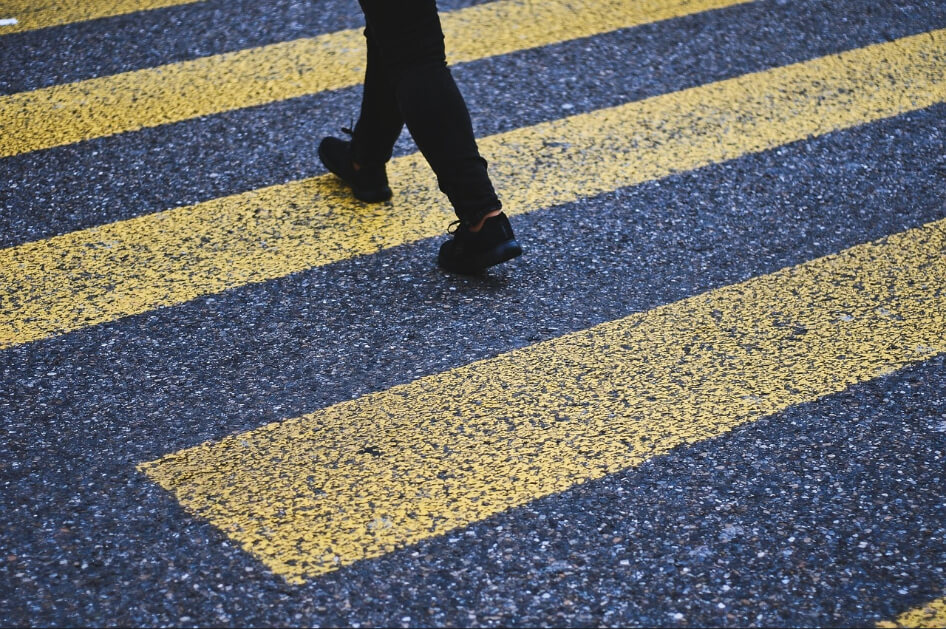Slip and Fall Statute of Limitations in California: All You Need to Know

In California, you generally have two years from the date of the accident to file a slip and fall claim, though government property claims require action within six months.
If you’ve been injured in a slip and fall accident, you’re likely dealing with mounting medical bills, lost wages, and physical pain. The stress of recovery can be overwhelming, and the last thing on your mind might be legal deadlines.
⚠️ However, failing to understand California’s statute of limitations could mean losing your right to compensation entirely, leaving you to shoulder the financial burden alone while the responsible party faces no consequences.
Our experienced attorneys understand the complexities of California slip and fall cases and can guide you through the legal process. We’ve secured significant results for our clients:
- $5,000,000: Slip & Fall – Knee & Low Back Injury
- $3,600,000: Slip & Fall – Broken Wrist & Head Injury
- $3,500,000: Slip & Fall – Broken Wrist & Fractured Vertebrae
These results provide real-world personal injury settlement amounts examples that reflect the serious nature of our clients’ injuries and the strength of the cases we build.
Our California slip and fall accident attorney team is ready to evaluate your case and help you pursue the compensation you deserve.
Understanding the Statute of Limitations
The statute of limitations is a legal deadline that sets the maximum time after an event within which legal proceedings may be initiated. These time limits exist to ensure cases are pursued while evidence is still fresh and witnesses’ memories remain reliable. In California slip and fall cases, this deadline determines how long you have to file a lawsuit against the property owner whose negligence caused your injuries.
Missing the statute of limitations deadline has severe consequences. Once the timeframe expires, you lose your legal rights to pursue compensation through the court system. This means no recovery for medical expenses, lost wages, or pain and suffering, regardless of how strong your case might be.
California’s general rule gives injured parties two years to file personal injury claims, as outlined in California Code of Civil Procedure Section 335.1.
However, slip and fall accidents on government property follow a different set of rules. In California, you must file a government claim within six months of the incident—far shorter than the standard two-year deadline for private property cases. For example, if you slip on a wet floor at a city-run community center or trip on a damaged sidewalk maintained by a municipality, that shorter window applies.
Understanding these distinctions is vital, as missing the deadline can bar you from seeking compensation entirely, making prompt legal action essential to preserve your rights and key evidence.
General Two-Year Rule for Private Property Claims
Under the California statute of limitations for personal injury, you have two years from the date of the accident to file a lawsuit for a slip and fall on private property. This applies to locations such as shopping malls, apartment complexes, and privately owned restaurants, not government buildings or public sidewalks, which follow different deadlines.
The clock starts the day the accident happens, not when your injuries worsen or settlement talks begin. For example, if you fell on January 15, 2023, you must file your lawsuit by January 15, 2025, regardless of ongoing medical treatment or negotiations.
Filing a lawsuit isn’t instant. It takes time to investigate the accident, gather evidence, calculate damages, and prepare a legally sound complaint. You can’t simply walk into a lawyer’s office on the final day and expect your case to be filed. Most firms need weeks—sometimes months—to prepare a strong case.
💡 Hypothetical Scenario: Maria slipped on an unmarked wet floor at a restaurant on March 1, 2023. She initially thought her injuries were minor, but months later required surgery for torn ligaments. Despite ongoing talks with the restaurant’s insurer, Maria must file a lawsuit by March 1, 2025. If she waits until the last minute to contact a lawyer, there may not be enough time to properly investigate or file, putting her entire claim at risk.
Six-Month Deadline for Government Property Claims
Claims against government entities in California are governed by the California Government Claims Act and follow a much stricter process than private property claims.
Here’s how it works, with examples:
- Public schools and universities: If you slip and fall on campus grounds, in a classroom, or in an administrative building, you must file a claim with the specific school district or university system within six months of the incident.
- City halls and municipal buildings: Falls in places like lobbies, stairwells, or government offices must be reported to the city clerk’s office. These claims have strict procedural requirements beyond just notifying the city—you must submit a formal government claim form.
- State parks and recreational facilities: If your injury occurs on trails, in visitor centers, or in campgrounds maintained by California State Parks, the claim must be filed through the California Department of General Services within the six-month window.
The six-month deadline is strictly enforced, and missing it usually means you lose your right to seek compensation. Unlike private property claims, where you file a lawsuit directly in court, government claims require that you first submit a detailed claim to the appropriate agency.
After submitting, the agency has 45 days to respond. If they reject the claim or fail to respond, only then can you proceed with a lawsuit.
💡 Either you or your attorney can file the government claim, but having us handle it ensures it’s done accurately, on time, and sent to the right agency.
Reach out today to speak with a San Bernardino slip and fall attorney and schedule your free consultation.
Special Circumstances Affecting the Statute of Limitations
Several circumstances can modify the standard timeline for filing a slip and fall claim:
- Discovery rule: When injuries aren’t immediately apparent, the statute may begin when you reasonably should have discovered the injury. A fall causing internal injuries that manifest weeks later might extend your filing deadline. However, courts interpret this exception narrowly, requiring clear medical evidence linking delayed symptoms to the original accident.
- Minors: If someone under 18 suffers injuries in a slip and fall, the statute of limitations “tolls” (pauses) until their 18th birthday. They then have two years from that date to file a claim, potentially extending the deadline significantly.
- Mental incapacity: Individuals who are mentally incapacitated at the time of injury may have the statute tolled until they regain capacity. This requires medical documentation and court determination of the incapacity period.
- Defendant’s absence from California: If the responsible party leaves the state, the time they’re absent doesn’t count toward the statute of limitations. This prevents defendants from avoiding liability by temporarily relocating.
These exceptions involve complex legal interpretations that often require professional analysis. Courts examine each situation carefully, and attempting to invoke these exceptions without our proper legal guidance can jeopardize your entire case.
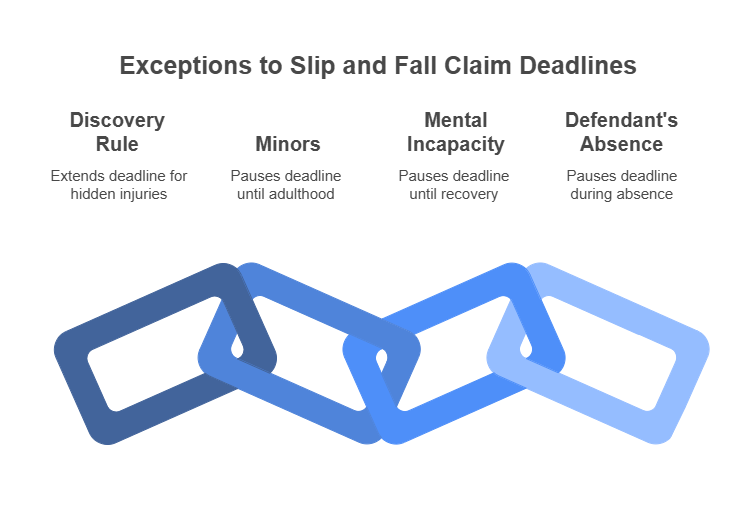
Importance of Timely Action
Acting quickly after a slip and fall accident is key for protecting your legal rights and building a strong case. Evidence deteriorates rapidly – surveillance footage gets overwritten, witnesses forget details, and accident scenes change as property owners make repairs. The sooner you begin documenting your case, the stronger your position becomes.
Early medical treatment creates a clear connection between the accident and your injuries. Insurance companies often argue that delays in seeking treatment indicate injuries weren’t serious or were caused by something else. Prompt medical attention not only protects your health but also strengthens your claim.
💡 Hypothetical Scenario: Two people slip on the same icy walkway at an apartment complex. John immediately reports the incident, photographs the scene, and sees a doctor that day. Sarah waits three weeks before taking any action. By then, the ice has melted, security footage has been deleted, and the property manager claims no knowledge of any hazard. John’s prompt action preserves important evidence, while Sarah faces an uphill battle proving her case.
Taking immediate action demonstrates the seriousness of your injuries and prevents the opposing party from claiming you contributed to your harm through delay. Documentation created close to the accident date carries more weight with judges and juries than reconstructions attempted months later.
Our Huntington Beach slip and fall lawyer is ready to help you recover the compensation you deserve.
Steps to Take After a Slip and Fall Incident
If you’re feeling overwhelmed and wondering what to do after a slip and fall accident, following these steps can protect your rights and strengthen your potential claim:
- Seek immediate medical attention: Even if injuries seem minor, get examined by a healthcare professional to document your condition and begin treatment
- Report to the property owner: Notify the manager, owner, or supervisor on duty and request a written incident report for your records
- Document the scene thoroughly: Take multiple photos of the hazard, the surrounding area, and any warning signs (or lack thereof) from various angles
- Gather witness information: Collect names and contact details of anyone who saw the fall or noticed the dangerous condition beforehand
- Preserve physical evidence: Keep the shoes and clothing you wore during the accident, as they may show important details about the conditions
- Maintain detailed records: Track all medical appointments, treatments, medications, and expenses related to your injuries
- Consult a premises liability attorney as soon as possible: Our legal guidance helps you avoid common mistakes that could harm your case
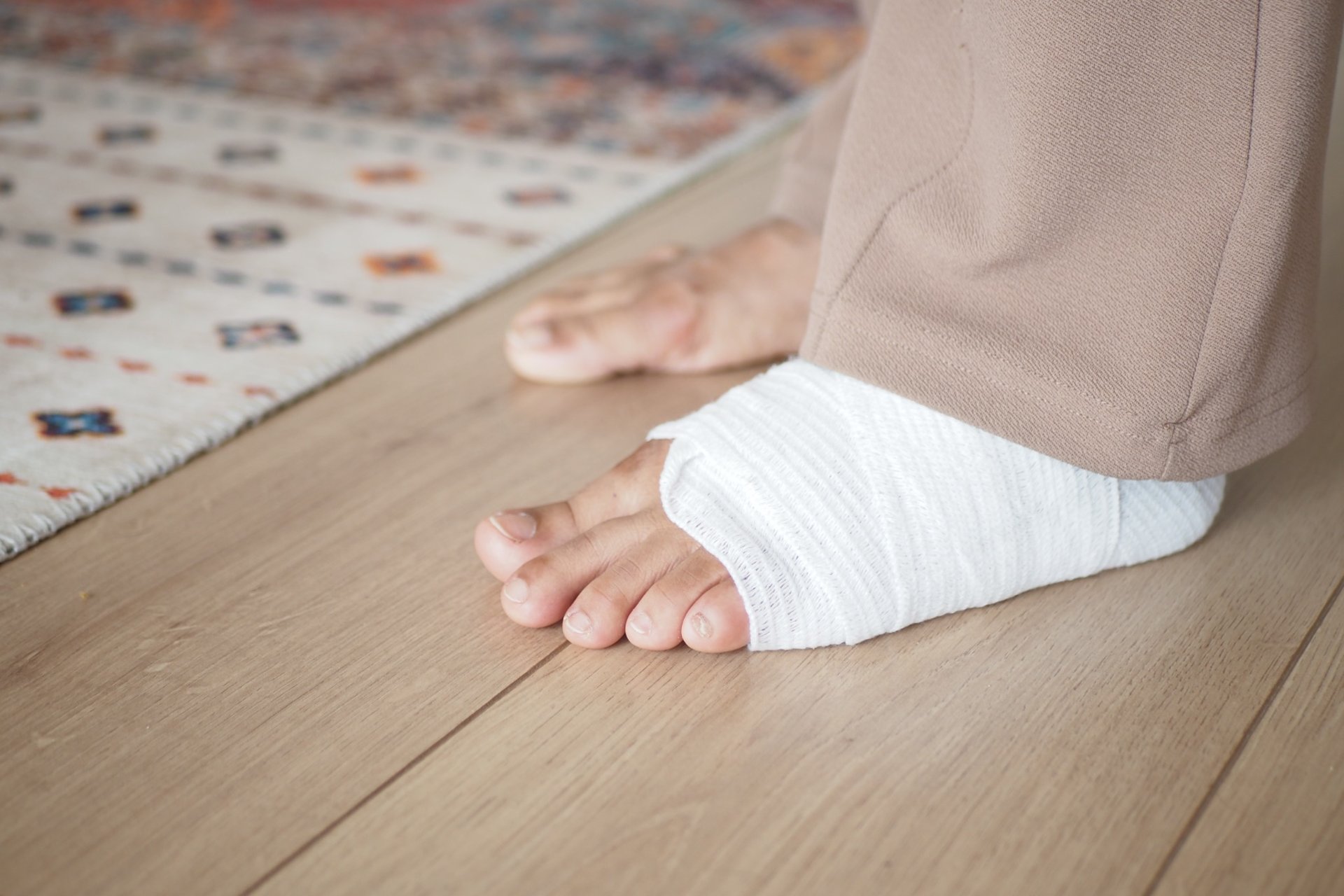
Recoverable Damages in Slip and Fall Cases
| Type of Damages | Description | Examples |
|---|---|---|
| Economic Damages | Quantifiable financial losses | Medical bills, future treatment costs, lost wages, reduced earning capacity |
| Non-Economic Damages | Intangible losses affecting quality of life | Pain and suffering, emotional distress, loss of enjoyment of life |
| Property Damage | Personal items damaged in fall | Broken glasses, damaged phone, torn clothing |
| Punitive Damages | Punishment for egregious conduct | Rarely awarded; requires proof of malicious or reckless behavior |
The statute of limitations affects your ability to recover all types of damages. Once the deadline passes, you cannot pursue any compensation, regardless of your injuries or the property owner’s clear negligence.
California follows a pure comparative negligence system, meaning your compensation may be reduced by your percentage of fault. If you’re found 20% responsible for not watching where you were walking, your damages award decreases by 20%. This makes building a strong case within the statutory timeframe even more critical.
💡Hypothetical example: A shopper slips on a known hazard in a store, suffering a broken hip requiring surgery and months of rehabilitation. Economic damages might include $75,000 in medical bills and $25,000 in lost wages. Non-economic damages for pain and suffering could add another $150,000, bringing total damages to $250,000 before any reduction for comparative fault.
Understanding potential compensation helps you make informed decisions about pursuing your claim. Our slip and fall settlement calculator can provide an estimate based on common factors in California cases. While results vary, the average slip and fall settlement in California depends heavily on the extent of your injuries, liability, and documentation
Disclaimer: The results generated by any settlement calculator are for informational purposes only and do not constitute legal advice or guarantee any specific outcome. Each case is unique and requires professional evaluation.
Selected Value: 0%
Our Torrance slip and fall lawyer can provide personalized guidance about your specific situation during a free consultation.
The Role of Legal Representation
Many injured victims ask, “Should I get a lawyer for a slip and fall?” The answer is yes, especially when you’re facing mounting medical bills, unclear liability, or pressure from insurance companies.
At Feher Law, our slip and fall attorneys understand the intricacies of California’s statute of limitations and how critical timing is to preserving your right to compensation. We know exactly what steps to take after an accident—handling everything from evidence preservation and complex paperwork to ensuring your claim is filed correctly and on time.
Our legal team doesn’t just manage deadlines—we build cases strategically. From the moment you contact us, we protect you from making statements that insurance companies could later use against you, while working to maximize your claim’s value.
📌 Studies show that individuals with legal representation receive settlements up to 3.5 times higher than those who go it alone. That’s because we know how to calculate damages accurately, present medical evidence clearly, and negotiate effectively with insurers who often try to minimize payouts.
With experienced legal representation on your side, you don’t have to face aggressive insurance tactics or confusing legal timelines alone. We act as your shield, guiding you through every step, especially in complex cases involving government property or special tolling circumstances where a single missed deadline could cost you everything.
Common Misconceptions About the Statute of Limitations For a Slip and Fall
Many people misunderstand critical aspects of slip and fall claim deadlines:
- All cases have the same deadline: Private property claims allow two years, while government claims require action within six months to file a claim with the government entity
- Insurance claims stop the clock: Filing an insurance claim doesn’t extend the statute of limitations – you must still file a lawsuit within the legal deadline if negotiations fail to produce fair compensation
- Partial payment prevents lawsuits: Accepting medical payment coverage or small settlements doesn’t necessarily bar you from pursuing additional compensation, but the statute of limitations still applies to any lawsuit
- The deadline starts when you file paperwork: The clock begins on the accident date, not when you decide to take legal action or hire an attorney
- Minor injuries have shorter deadlines: The severity of injuries doesn’t change the applicable statute of limitations, though it may affect your damages calculation
Final Thoughts
California’s slip and fall statute of limitations creates strict deadlines that begin from your accident. With just two years to file against private property owners and only six months for government entity claims, time is not on your side. These legal deadlines exist regardless of ongoing medical treatment, insurance negotiations, or the severity of your injuries.
Understanding and adhering to these timeframes protects your ability to seek compensation for medical expenses, lost wages, and pain and suffering. The complexities of the discovery rule, tolling provisions, and comparative negligence make professional legal guidance essential.
Don’t let confusion about deadlines or false reassurances from insurance adjusters cost you your right to fair compensation.
Every day matters when pursuing a slip and fall claim in California. If you’ve suffered injuries on someone else’s property, seek experienced legal representation immediately to preserve your rights and maximize your recovery potential.
Our Torrance workplace slip & fall attorneys are available today for a free consultation to help you seek the compensation you deserve.

FAQs
What if I didn't realize I was injured until weeks after the slip and fall?
California’s discovery rule may extend your deadline if the injury wasn’t immediately apparent. You’ll need clear medical proof linking delayed symptoms to the fall. An attorney can help argue for this exception and properly document your timeline.
Can I still file a claim if the property owner fixed the hazard that caused my fall?
Yes. Repairs made after your fall can support your case by showing the hazard existed. Take photos and document changes—these details can help prove negligence even if the property was later corrected.
How does California's comparative negligence law affect my slip and fall case?
You can still recover damages even if partially at fault. Your compensation is reduced by your share of responsibility. A skilled attorney helps defend against unfair blame and protects your right to a fair payout.
What should I do if the insurance company offers me a quick settlement?
Be careful—early offers often undervalue your claim. Accepting may waive future rights. Talk to our attorney before agreeing; they can review the offer and help you avoid settling for less than you deserve.
How can your law firm help me with my slip-and-fall case before the statute of limitations expires?
We act quickly to preserve evidence, manage deadlines, and file correctly. Our attorneys handle the legal process so you can focus on healing, especially in cases involving complex or shortened timelines like government claims.
Related Posts

Facial Scarring Compensation Calculator in California
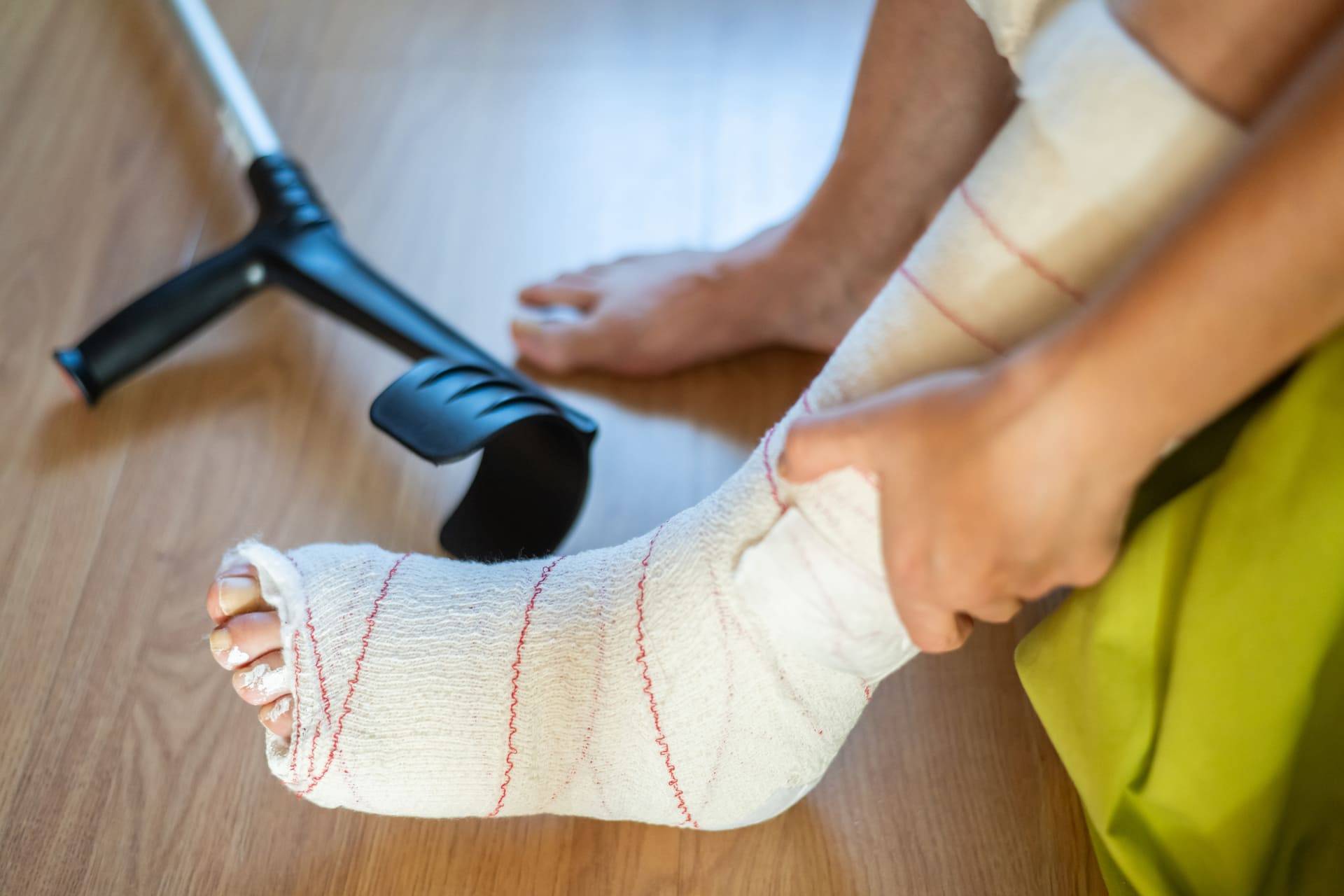
How Are Slip and Fall Settlements Calculated in California
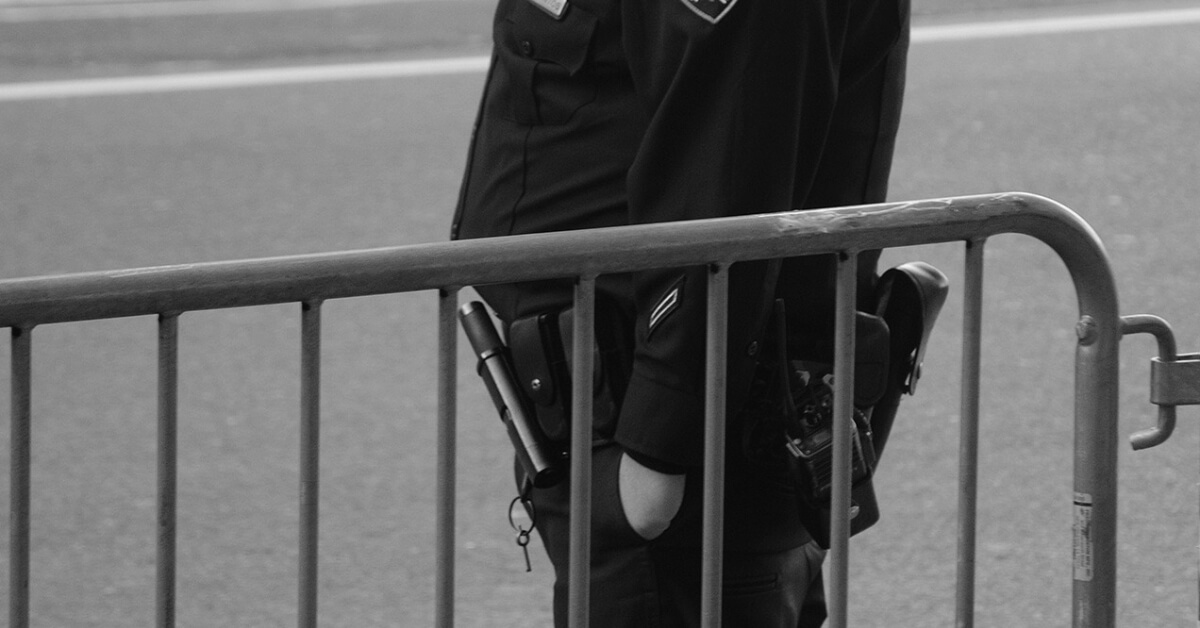
Fatal Hit-and-Run in Santa Clarita Crash

19-Year-Old Severely Injured in Panorama City Crash

